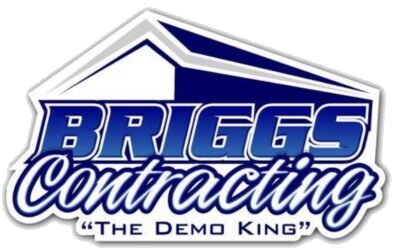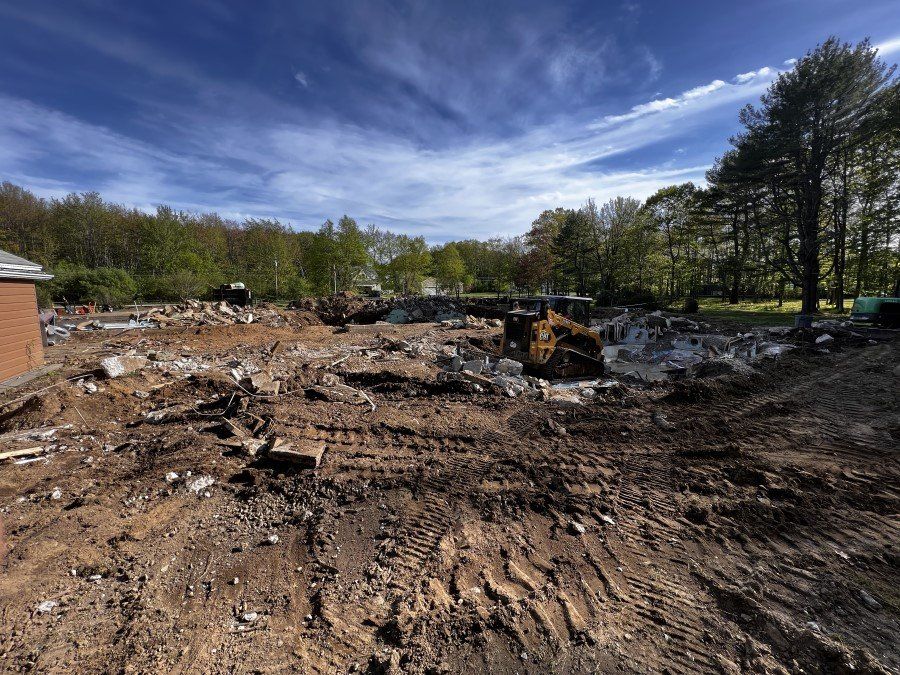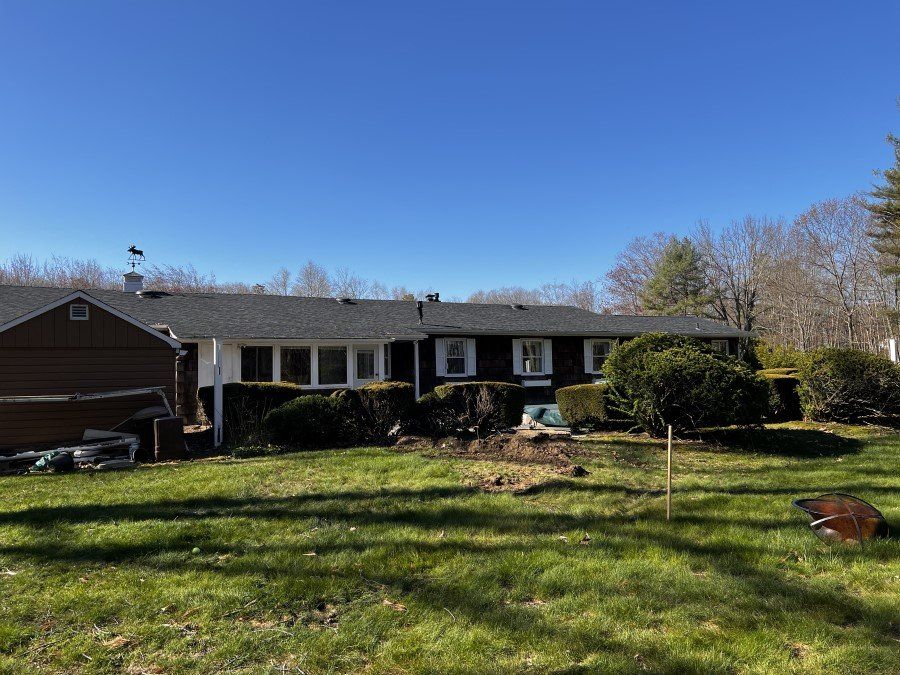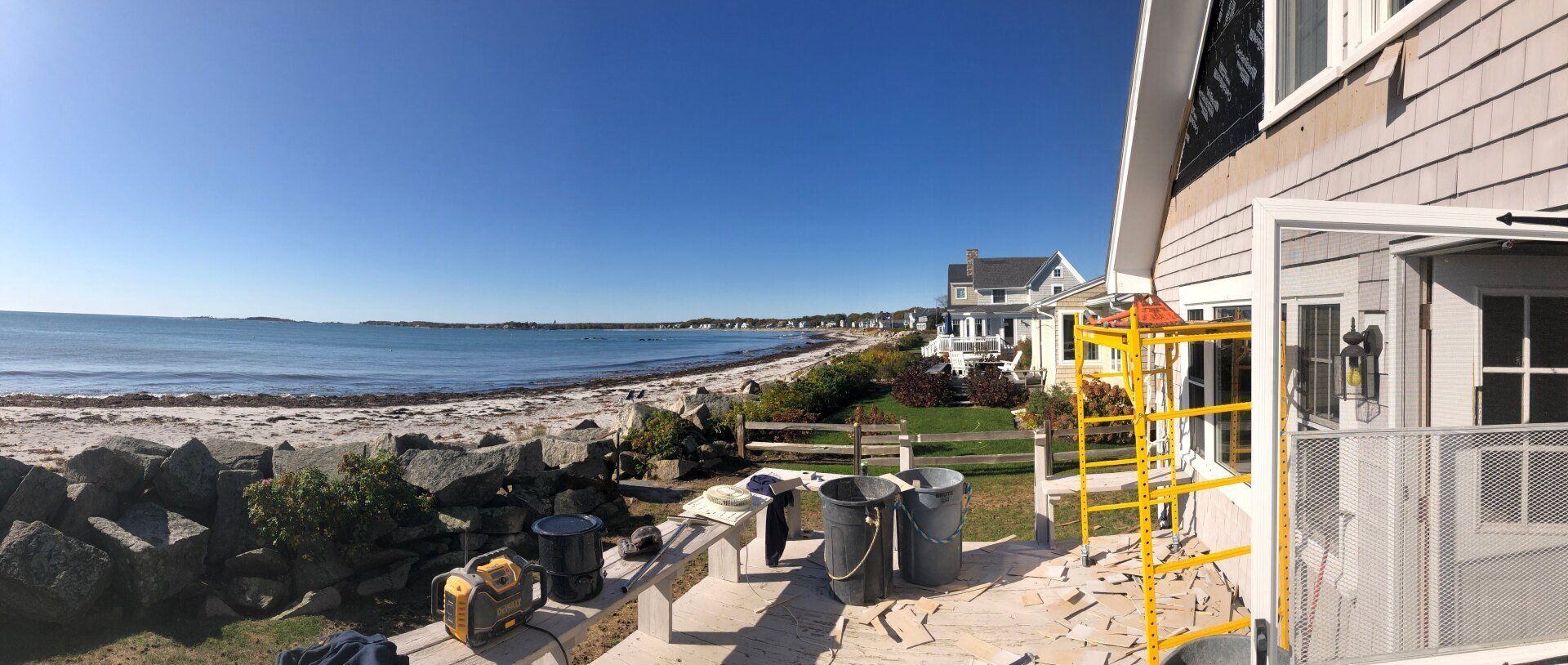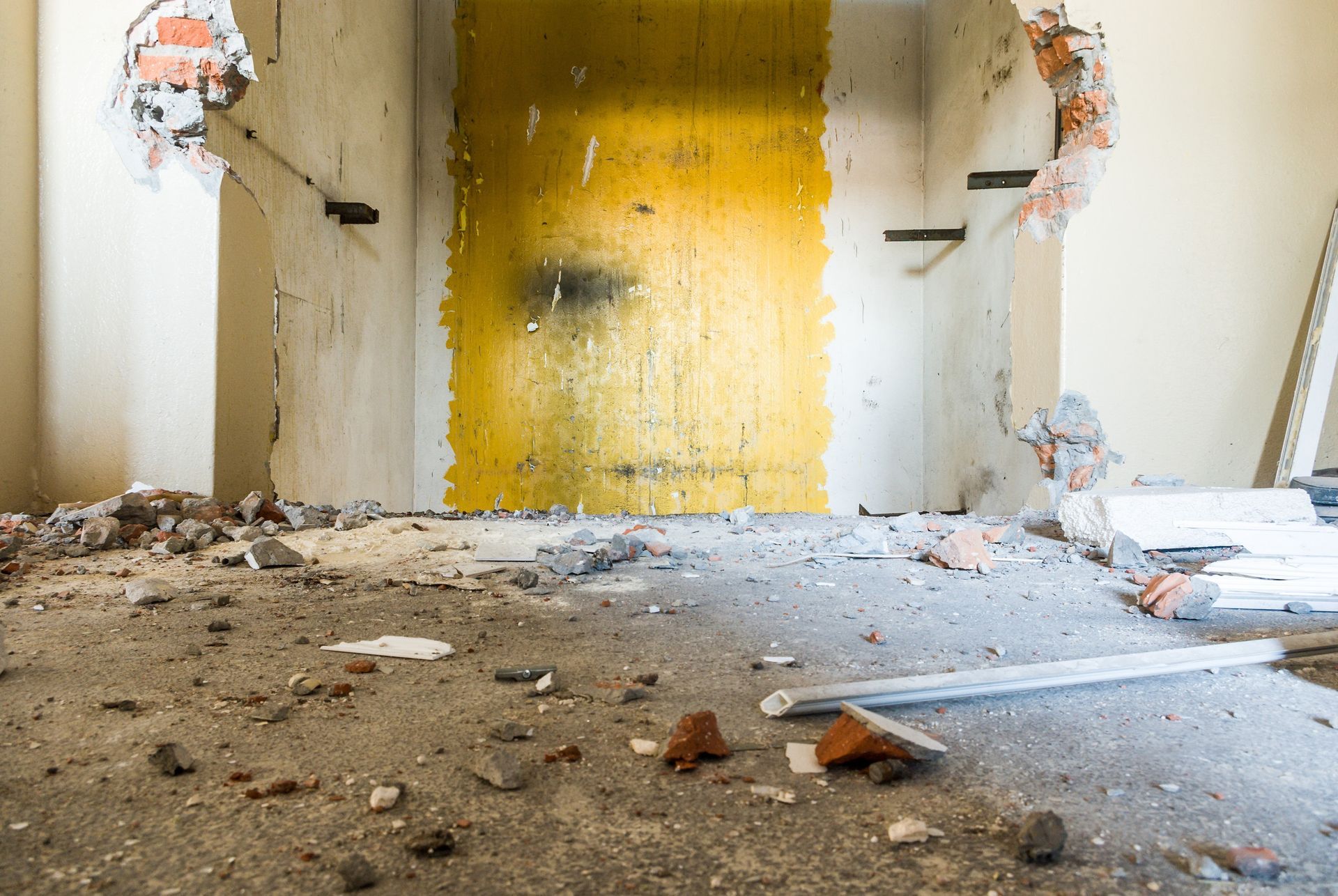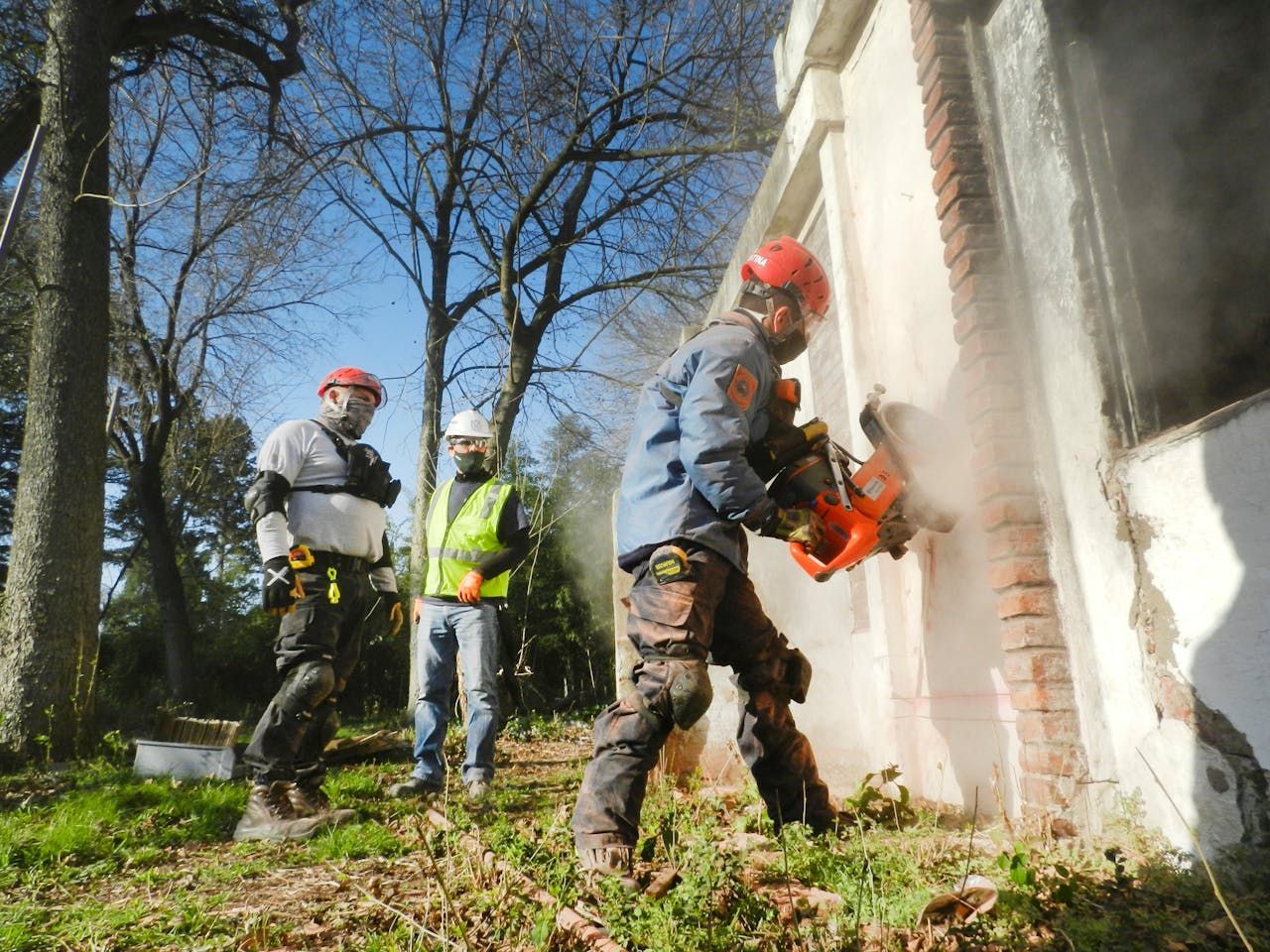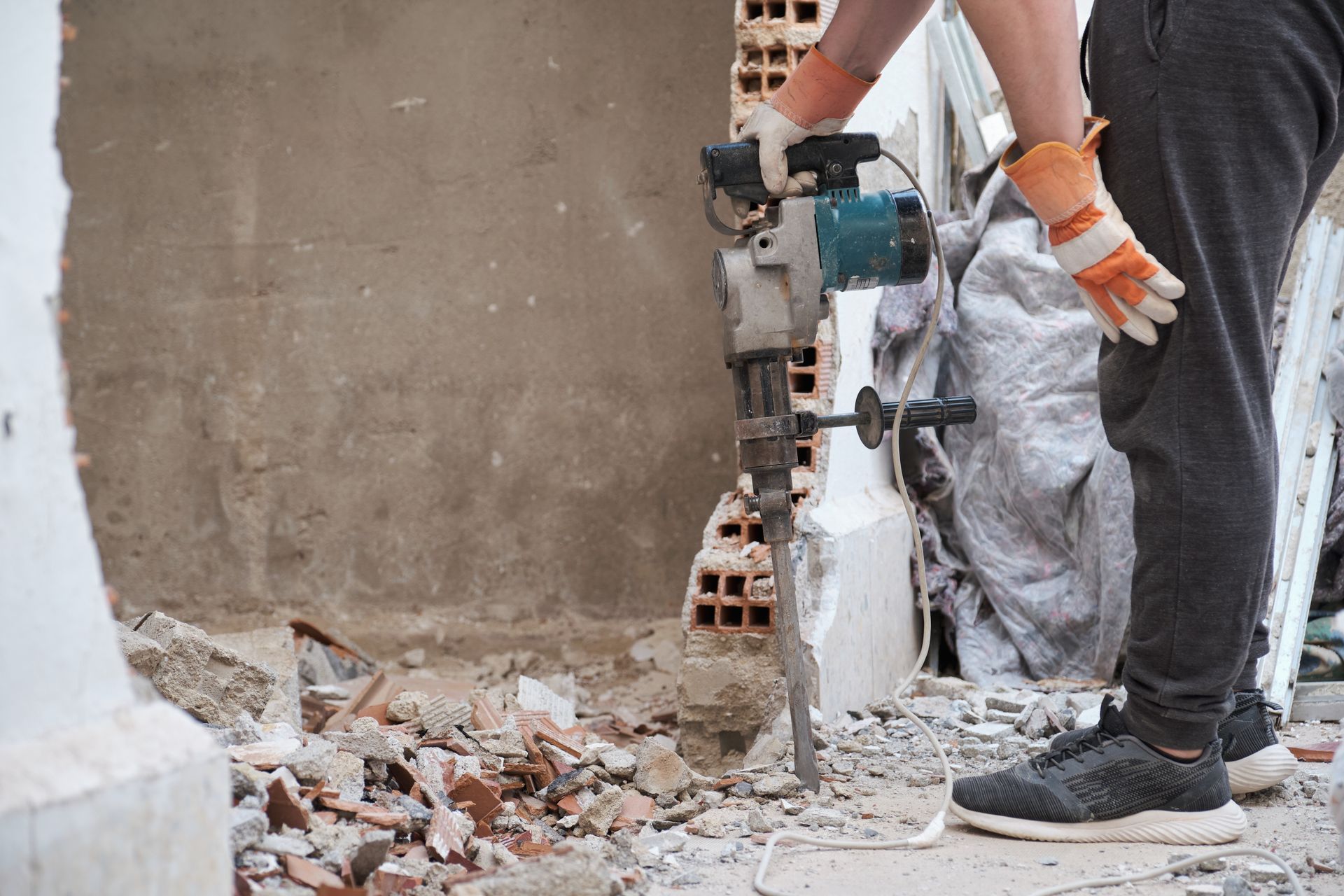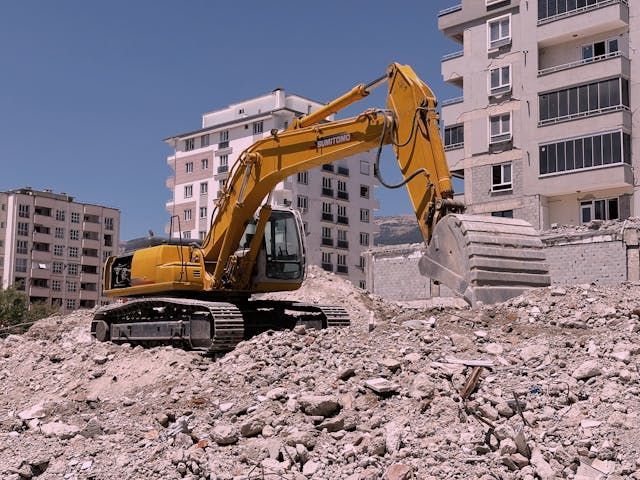Safety Precautions and Best Practices for Concrete Demolition
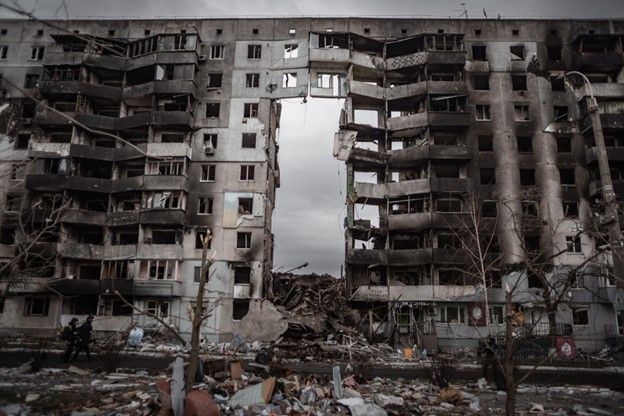
Concrete demolition is necessary for construction, renovation, and infrastructure projects. However, it involves inherent risks that require careful planning, execution, and adherence to safety precautions. Whether demolishing a small or a large building, prioritizing safety is important.
Continue reading to learn the best practices to ensure a safe and efficient demolition process.
Risk Assessment and Planning
Before starting any demolition work, conduct a comprehensive site risk assessment. Identify hazards such as unstable structures, electrical lines, underground utilities, and environmental factors. Develop a detailed demolition plan that outlines the sequence of tasks, equipment needed, and safety measures to mitigate risks.
Site Preparation
Clear the demolition site of debris, obstructions, and potential tripping hazards. Secure the perimeter with safety barriers, warning signs, and fencing to prevent unauthorized access. Ensure proper ventilation and access routes for emergency responders.
Personal Protective Equipment (PPE)
The best contractors, like Briggs Contracting, provide workers with appropriate PPE. This includes hard hats, safety goggles, ear protection, gloves, steel-toed boots, and respiratory masks. PPE helps reduce the risk of injuries from falling debris, noise, and other hazards encountered during demolition activities.
Training and Certification
Ensure that all personnel involved in concrete demolition are trained, competent, and certified to operate demolition equipment and machinery. Conduct regular safety training sessions to educate workers on hazard recognition, emergency procedures, and safe work practices.
Equipment Inspection and Maintenance
Inspect demolition equipment like jackhammers, excavators, bulldozers, and wrecking balls before each use. Check for signs of wear, damage, hydraulic leaks, and malfunctioning parts. Perform routine maintenance and repairs to keep equipment in optimal working condition.
Structural Stability Assessment
Assess the structural integrity of the concrete elements before demolition. Identify load-bearing walls, columns, and beams that require special attention. Consider hiring structural engineers or demolition experts to evaluate the stability of the structure and recommend appropriate demolition techniques.
Controlled Demolition Techniques
Choose the most suitable demolition method based on the concrete structure's size, location, and condition. Controlled techniques like saw cutting, drilling, breaking, and blasting help reduce collateral damage and enhance safety. It’s also important to use mechanical attachments and hydraulic tools to dismantle concrete elements systematically.
Dust Suppression Measures
Implement suppression measures to control airborne dust generated during demolition operations. Use water sprays, misting systems, and dust barriers to minimize dispersion and protect workers from respiratory hazards. Consider using vacuum systems and industrial air purifiers to improve air quality on the demolition site.
Debris Management and Disposal
Establish procedures for demolition debris disposal in compliance with environmental regulations. Segregate recyclable materials like concrete, steel, and wood for reuse or recycling. Dispose of hazardous materials such as asbestos, lead-based paint, and chemical residues safely and responsibly.
Emergency Response Plan
Develop an emergency response plan that outlines procedures for responding to accidents, injuries, and unexpected events during demolition activities. Designate emergency exits, assembly points, and first aid stations for workers to evacuate safely in emergencies. Hiring trained personnel in CPR, first aid and rescue techniques can let you handle medical emergencies effectively.
Documentation and Recordkeeping
Maintaining accurate records of demolition activities, safety inspections, incident reports, and training certifications is important. It’s necessary to document deviations from the demolition plan, safety hazards, near misses, and corrective actions to improve safety performance.
While following these safety procedures during small DIY demolitions is easier, you might need professional help for major projects. Briggs Contracting prioritizes safety as the cornerstone of our concrete demolition operations. With a steadfast commitment to protecting our workers and the environment, we implement rigorous safety precautions and adhere to industry best practices. Contact us today at (207)-939-7807 to start your project with a reliable partner in the industry.
